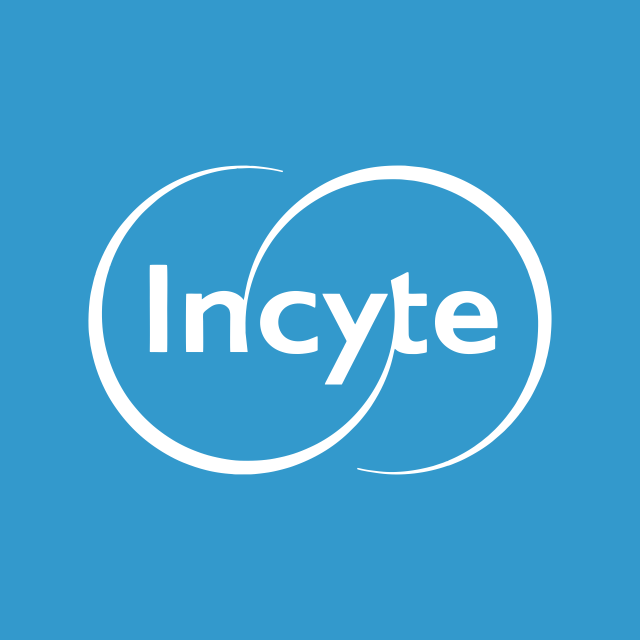Company Analysis Viatris
1. Summary
Advantages
- Dividends (4%) are higher than the sector average (0.541%).
- The stock's return over the last year (-5.72%) is higher than the sector average (-12.5%).
Disadvantages
- Price (11.74 $) is higher than fair price (0.5684 $)
- Current debt level 38.2% has increased over 5 years from 37.94%.
- The company's current efficiency (ROE=0.2673%) is lower than the sector average (ROE=9.61%)
Similar companies
2. Share price and performance
2.1. Share price
2.2. News
2.3. Market efficiency
| Viatris | Healthcare | Index | |
|---|---|---|---|
| 7 days | -0.9% | 2.5% | 0.6% |
| 90 days | -4.8% | -17.8% | 2.4% |
| 1 year | -5.7% | -12.5% | 26.7% |
VTRS vs Sector: Viatris has outperformed the "Healthcare" sector by 6.77% over the past year.
VTRS vs Market: Viatris has significantly underperformed the market by -32.45% over the past year.
Stable price: VTRS is not significantly more volatile than the rest of the market on "NASDAQ" over the last 3 months, with typical variations of +/- 5% per week.
Long period: VTRS with weekly volatility of -0.1101% over the past year.
3. Summary of the report
4. Fundamental Analysis
4.1. Stock price and price forecast
Above fair price: The current price (11.74 $) is higher than the fair price (0.5684 $).
Price is higher than fair: The current price (11.74 $) is 95.2% higher than the fair price.
4.2. P/E
P/E vs Sector: The company's P/E (234.98) is higher than that of the sector as a whole (48.77).
P/E vs Market: The company's P/E (234.98) is higher than that of the market as a whole (49.04).
4.2.1 P/E Similar companies
4.3. P/BV
P/BV vs Sector: The company's P/BV (0.628) is lower than that of the sector as a whole (4.83).
P/BV vs Market: The company's P/BV (0.628) is lower than that of the market as a whole (3.17).
4.3.1 P/BV Similar companies
4.4. P/S
P/S vs Sector: The company's P/S indicator (0.8356) is lower than that of the sector as a whole (33.77).
P/S vs Market: The company's P/S indicator (0.8356) is lower than that of the market as a whole (10.24).
4.4.1 P/S Similar companies
4.5. EV/Ebitda
EV/Ebitda vs Sector: The company's EV/Ebitda (6.39) is higher than that of the sector as a whole (-22.17).
EV/Ebitda vs Market: The company's EV/Ebitda (6.39) is lower than that of the market as a whole (28.32).
5. Profitability
5.1. Profitability and revenue
5.2. Earnings per share - EPS
5.3. Past profitability Net Income
Yield Trend: Negative and has fallen by -21.63% over the last 5 years.
Accelerating profitability: The return for the last year (0%) exceeds the average return for 5 years (-21.63%).
Profitability vs Sector: The return for the last year (0%) is lower than the return for the sector (4135.44%).
5.4. ROE
ROE vs Sector: The company's ROE (0.2673%) is lower than that of the sector as a whole (9.61%).
ROE vs Market: The company's ROE (0.2673%) is lower than that of the market as a whole (10.71%).
5.5. ROA
ROA vs Sector: The company's ROA (0.1147%) is lower than that of the sector as a whole (0.3443%).
ROA vs Market: The company's ROA (0.1147%) is lower than that of the market as a whole (6.47%).
5.6. ROIC
ROIC vs Sector: The company's ROIC (1.21%) is lower than that of the sector as a whole (7.63%).
ROIC vs Market: The company's ROIC (1.21%) is lower than that of the market as a whole (10.79%).
7. Dividends
7.1. Dividend yield vs Market
High yield: The dividend yield of the company 4% is higher than the average for the sector '0.541%.
7.2. Stability and increase in payments
Dividend stability: The company's dividend yield 4% has been steadily paid over the past 7 years, DSI=0.93.
Weak dividend growth: The company's dividend yield 4% has been growing weakly or stagnant over the past 5 years. Growth over only 0 years.
7.3. Payout percentage
Dividend Coverage: Current payments from income (1052.29%) are at an uncomfortable level.
8. Insider trades
8.1. Insider trading
Insider Buying Exceeds insider sales by 100% over the last 3 months.
8.2. Latest transactions
| Transaction date | Insider | Type | Price | Volume | Quantity |
|---|---|---|---|---|---|
| 04.03.2024 | Malik Rajiv President |
Purchase | 12.28 | 1 099 680 | 89 514 |
| 04.03.2024 | Ni Xiangyang (Sean) President, Greater China |
Sale | 12.51 | 269 365 | 21 532 |
| 04.03.2024 | Ni Xiangyang (Sean) President, Greater China |
Purchase | 12.28 | 101 007 | 8 222 |
| 03.03.2024 | Smith Scott Andrew Chief Executive Officer |
Purchase | 12.28 | 1 728 830 | 140 727 |
| 03.03.2024 | Malik Rajiv President |
Purchase | 12.28 | 1 053 910 | 85 788 |
Pay for your subscription
More functionality and data for company and portfolio analysis is available by subscription



